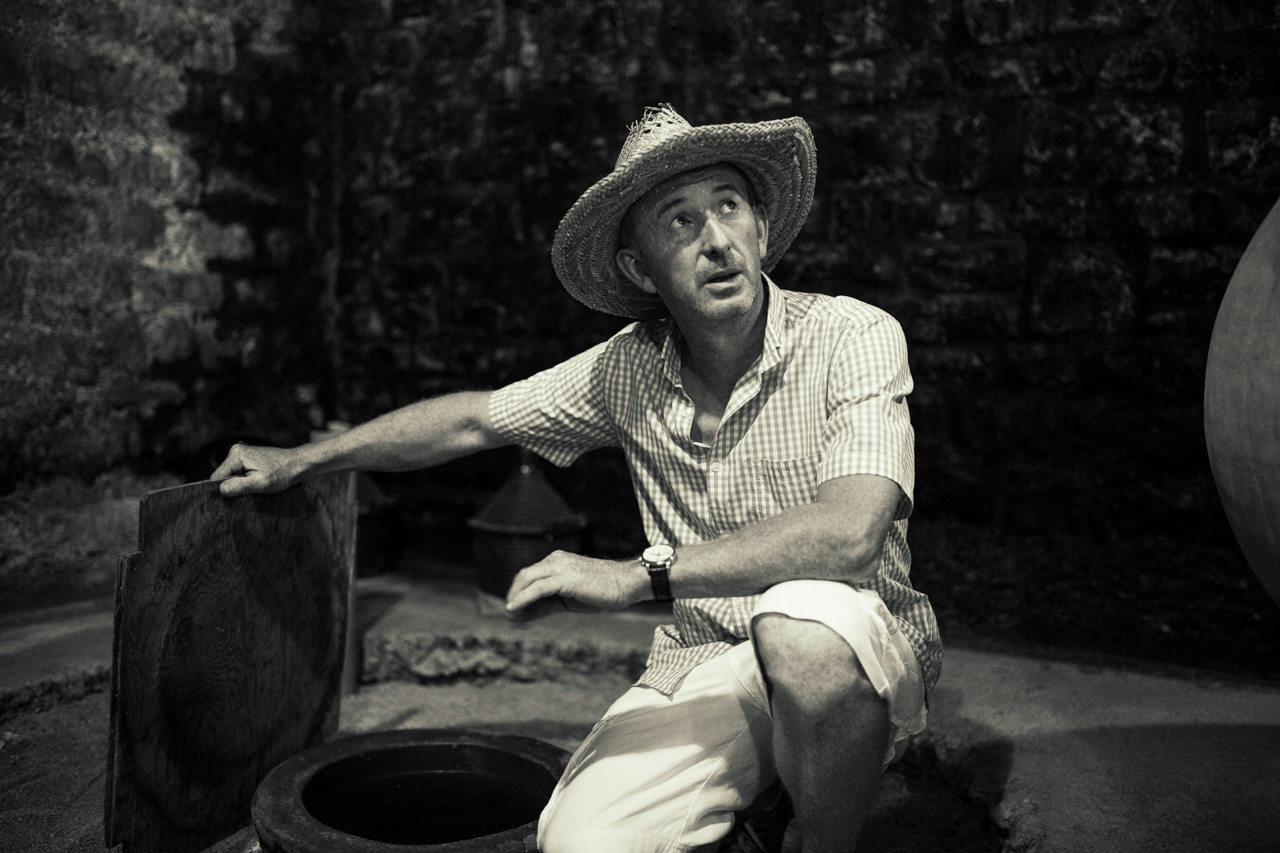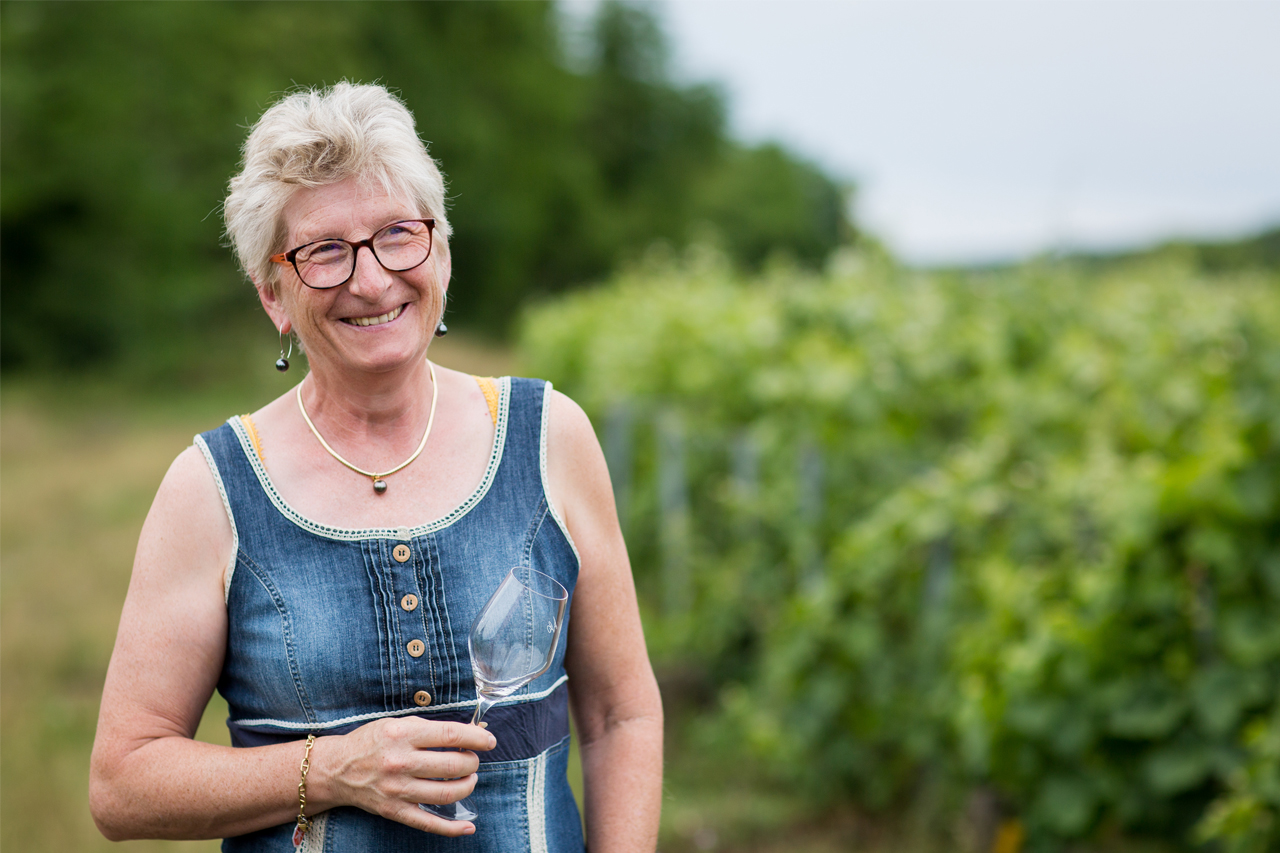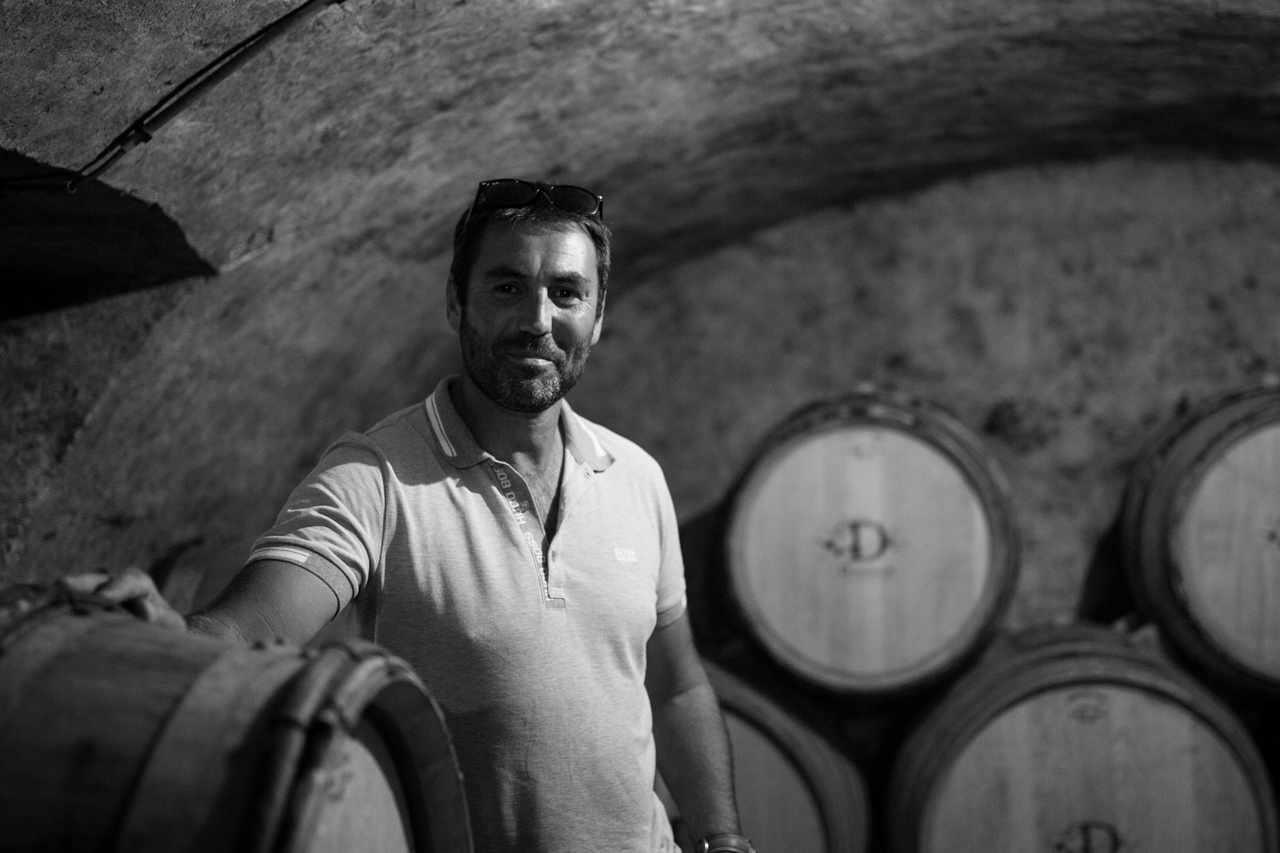

As this excellent article on SevenFifty Daily points out, the effects of dosage on Champagne’s smell, taste, and feel are widely misunderstood. No, it’s not about simply changing the sugar level of the wine to make it sweeter, but more about adjusting the « seasoning » of the wine to achieve the effect that you’re looking for. I have long argued that the dosage isn’t present simply to change the taste of the wine (although it can certainly do that) but also to affect the feel of the wine.
Think of the difference between the feel in your mouth of a Petit Chablis and a Premier Cru Meursault. The Chablis feels racier, with zip and verve. This feeling, right or wrong, affects how we perceive the taste of the wine. When wines feel more linear and « zippier,» we tend to look for (and find) more minerality than in richer wines. The Premier Cru Meursault feels more lush and perhaps suave in the mouth. Minerality might be present, but this feeling of lushness tends to push our brains away from minerality and toward ideas of fruit and florality.
So, what is the effect of not adding a dosage? I used to think this was the « purest » of the styles because it didn’t mask aromas or smells. Although there is an argument for that, and some growers believe passionately in this concept, I’ve come to a more nuanced view of brut nature.

Bertrand Gautherot of Vouette & Sorbée.
Both Champagne Clandestin and Vouette & Sorbée produce Champagnes that are never dosed. When Clandestin started just a few years ago, the wines were incredibly sharp and racy. With time and experimentation, both Clandestin and Vouette have arrived at a place where their brut nature wines can be mineral and textured. They are harvesting later than almost anyone in Champagne, for starters. This later harvest pushes down the acid levels a bit, allowing more room for the elevage to step into view. They also focus on barrel work, including experimenting with barrel size and duration to achieve harmony without dosage. Judging from their success, this works for them but doesn’t work for everyone. Zero dosage is risky and, in my view, very hard to pull off.

Françoise Bedel – doyenne of Meunier & autolysis
Moving up the dosage scale a bit is Champagne Françoise Bedel, our biodynamic star in the Marne. Françoise ages her Champagnes from 3-15 years, depending on the cuvée, and this extended aging in bottle produces textured, layered Champagnes of great depth. There is so much texture and « feel » inherent in the aging process that a heavy dosage could exaggerate this. In fact, when I first started with her, the dosage levels were much higher, and the Champagnes, while delicious, felt heavier and richer. She has dialed this back, and now the bottlings are generally finished in the extra brut range, usually around 2-3 grams. This low dosage level just sprinkles a little fairy dust around the outside of her already exhilarating wines while retaining the verve that comes with low dosage.
 At the top of the dosage scale, but by no means in a high dosage style, is Champagne Dosnon. Dosnon harvests slightly earlier than Vouette and Clandestin, their neighbors from just down the road. The Portlandian limestone on which the vines are planted, like in Grand Cru Chablis, produces electric wines that can take elevage and dosage better than the richer soils of the Marne. After fermentation in barrel, Dosnon ages only a short time in bottle (to not weigh down the wines too much) before finishing with a dosage in the 4-7 g/L range. 5 g/L is really the sweet spot for them. Because they want the feel of wines from the Cote d’Or with the minerality of Chablis, this range of dosage is what they have finally dialed in as the perfect balance for them.
At the top of the dosage scale, but by no means in a high dosage style, is Champagne Dosnon. Dosnon harvests slightly earlier than Vouette and Clandestin, their neighbors from just down the road. The Portlandian limestone on which the vines are planted, like in Grand Cru Chablis, produces electric wines that can take elevage and dosage better than the richer soils of the Marne. After fermentation in barrel, Dosnon ages only a short time in bottle (to not weigh down the wines too much) before finishing with a dosage in the 4-7 g/L range. 5 g/L is really the sweet spot for them. Because they want the feel of wines from the Cote d’Or with the minerality of Chablis, this range of dosage is what they have finally dialed in as the perfect balance for them.